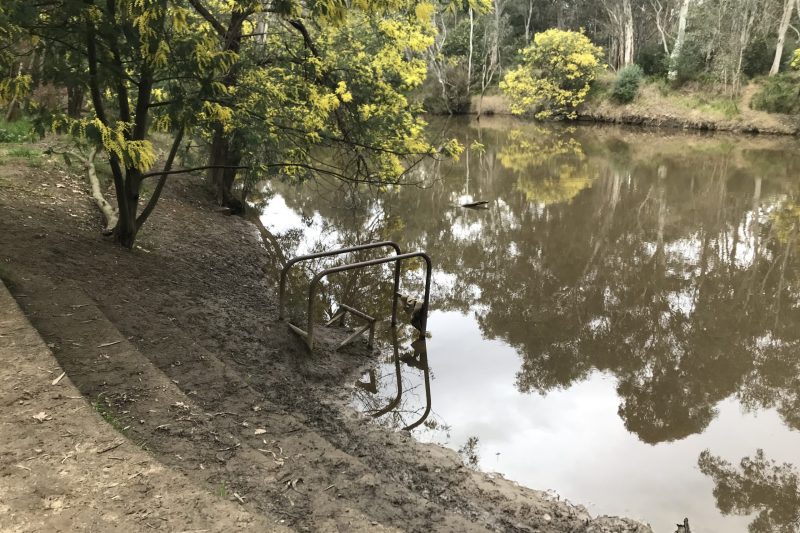As a child, I recall desperately wanting to be a teacher. For some inexplicable reason, I ignored my inner calling and fell into a 20-year banking career instead. I was lured by the promise of ever-increasing pay-packets, regular promotions and the prestige that was once associated with a bank job.
As I’ve been working with many school principals lately, it’s caused me to wonder what might have happened if I’d pursued my childhood dream? If I’d become a teacher, would I have worked my way up through the ranks to become a principal?
To be honest, I’m not sure I would have shown quite the same resilience and strength that our beloved principals of today are being called to exhibit.
A truly tough gig.
Right now, it must be one of the toughest jobs in the nation. Even in ‘normal’ times it’s a tough gig, but in these current circumstances, there are even more constant and conflicting demands placing great burdens on principals.
The recent Independent Schools Victoria and Monash University research Agile Leadership in Times of Crisis, reveals how principals have adapted to the crisis to put the wellbeing of their students and school community first, even as they have managed their own stress and fatigue.
It’s an illuminating read. Even if you’re not a principal, I urge you to read it. It will give you a new-found appreciation of just what they’ve been dealing with. Interestingly, I noted many parallels in leadership lessons for business leaders too. Read here
The report highlights.
- Leadership styles shifted from operational to relational leadership.
- 83% became more people-centred during the crisis.
- 88% reported a shift in focus to mental health and wellbeing.
- Principals increasingly used research, data and technology to make evidence-based decisions.
- 76% suggested there is an opportunity to review aspects of current school models and pedagogical approaches.
“Principals’ leadership styles generally shifted from an operational leadership approach to a more relational approach during the second lockdown. As the crisis wore on, principals reported becoming more empathetic as they were mindful that the pandemic has taken a toll on their staff and students’ mental health and wellbeing.”
The role of purpose and story.
I was particularly interested in the fact that principals have shifted to a more relational style of leadership. I wondered how they articulate their purpose and use stories as anchors for building connections and community.
It led to some interesting questions:
- Has the pandemic caused school leaders to re-evaluate their own purpose as a leader and the purpose of their school?
- Are leaders able to clearly and consistently articulate that purpose?
- Have they become more mindful of the importance of story and more adept at storytelling? If so, how?
- What are the stories they are now telling that they weren’t telling before?
- How are they using story as a mechanism for managing escalating mental health problems or announcing tough decisions in times of conflicting student, teacher and parent demands?
- While principals are increasingly using data to make decisions, what are the stories they are telling to make this data meaningful?
- How are they using stories to paint a picture of the future after COVID and the vision for their school?
This has become a fascinating research project for me, as I am interested in understanding exactly how purpose and story play a part in reconnecting and rebuilding our school communities as we emerge (hopefully sooner rather than later!) from this pandemic.
Purpose is like the anchor of a ship. It keeps us from drifting when the storms hit. Stories bring purpose to life. They’re the life buoys to those who are struggling or disengaged. They allow principals to get everyone back on board and achieving their greatness so together we can build a better school community.
Reconnect the school leadership team.
The task of reconnecting and rebuilding community can only begin when the leadership team is first feeling connected and united. I’ve mapped out what I’m witnessing and hearing about in this model (I’d love your feedback on it).

Many leaders are exhausted, focused on what’s urgent and they’re just managing. This has left them feeling scattered, focused outwards on everyone else and working to others directions.
What is needed is a tipping point*, an exquisite moment in time, where they can give up feeling depleted and start to feel rejuvenated. They are looking for some respite, something that will have them feeling empowered and turning inwards for self-direction. This in turn leaves them feeling re-energised, focused on what’s important vs urgent and leading with purpose.
Does this model resonate for you? If so, where would your people fit on this model?
A School Research Project: Leading with purpose & story through the pandemic.
In these exhausting times, how do principals and their leadership teams reconnect to their personal purpose and tell their story to reunite and rebuild their school community?
I’m conducting research to test the above model, assess how purpose and story are effectively being used in schools and offer pathways for principals who are committed to creating a purpose-driven, story-centric school culture. I will be sharing results and stories progressively through regular blogs and updates on my website.
If this sounds intriguing, a 30-minute Zoom call is all it takes. Book a Conversation.
*Talk on Purpose is a fast and effective course for principals and their school leadership teams to help you hit that tipping point. If you’re looking for a unique and fast way to rejuvenate, reunite and re-inspire your team in these difficult times, please Book a Conversation.





